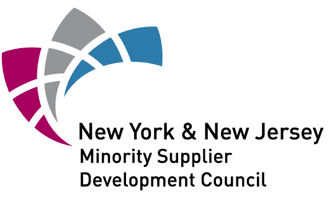Best practices and trends for life sciences, med device and technology companies. Help grow your brand with compelling communications and results-driven tactics. Learn about marketing, social media, technology, and other topics driving the industry forward.





D2 Creative is a Women-owned Minority-owned Business. ©2025 D2 Creative. All Rights Reserved. Privacy Policy